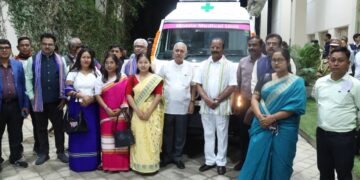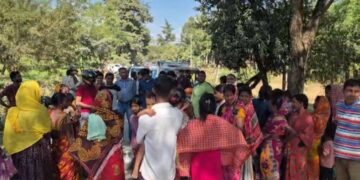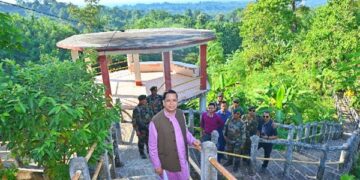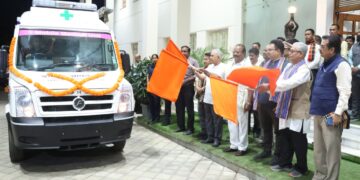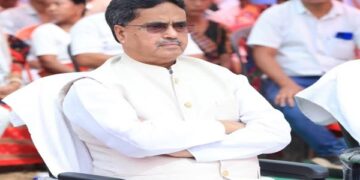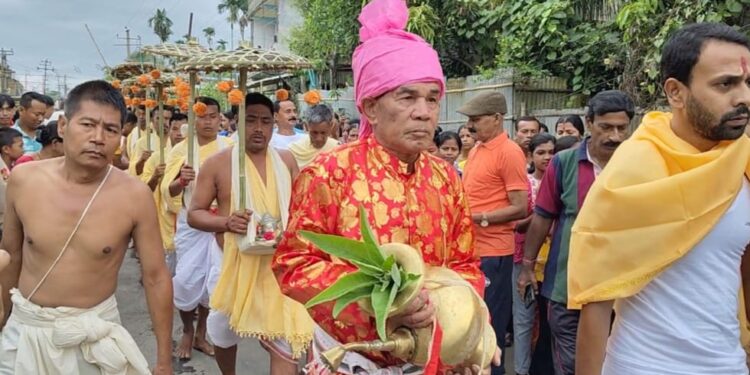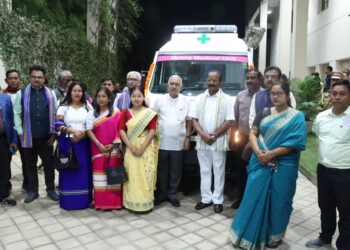Agartala, July 3: The iconic Kharchi Puja, a centuries-old religious festival of Tripura, commenced on Thursday in the historic capital of the erstwhile princely state — Puran Habeli, now known as Khayerpur, located around 8 km from Agartala.
Though the seven-day-long festivities formally began on Thursday, the traditional ‘Snan Yatra’ (holy bath ritual) of the 14 Hindu deities was performed with devotion on Wednesday evening, marking the ceremonial start of the event.
Held every year during June-July, the Kharchi Puja sees a vibrant celebration involving elaborate rituals, traditional customs, and a massive fair.
Lakhs of devotees and tourists from across India and neighbouring Bangladesh participate in the puja that seeks to cleanse the sins of mortals.
Originally a tribal Hindu tradition, the festival has grown into a symbol of communal harmony, celebrated today by people of all communities and faiths in Tripura.
The highlight of the festivities is the worship of 14 deities — Shiva, Durga, Vishnu, Laxmi, Saraswati, Kartik, Ganesha, Brahma, Abadhi (God of water), Chandra, Ganga, Agni, Kamdev, and Himadri (Himalaya). The idols, which are kept secured throughout the year, are taken out on the first day in a grand procession for a ceremonial dip in the sacred Howrah river.
The week-long event begins with the sound of drums, chanting of mantras, traditional music by the Tripura Police band, and a guard of honour presented to the Chief Royal Priest, or ‘Raj Chantai’.
The area surrounding the temple complex turns festive with colourful marquees, lighting, and stalls as devotees line up for prayers and blessings.
Tripura’s government has been bearing the festival’s expenses since the signing of the 1949 merger agreement, under which the state agreed to continue patronage of 14 temples historically maintained by the royal family, including the revered Mata Tripura Sundari Temple — one of the 51 Shakti Peethas in the country.
With nearly 30 lakh pilgrims and tourists expected to join the festivities, Kharchi Puja continues to be one of Tripura’s largest and most spiritually significant events, showcasing the state’s rich cultural heritage and religious inclusivity.

